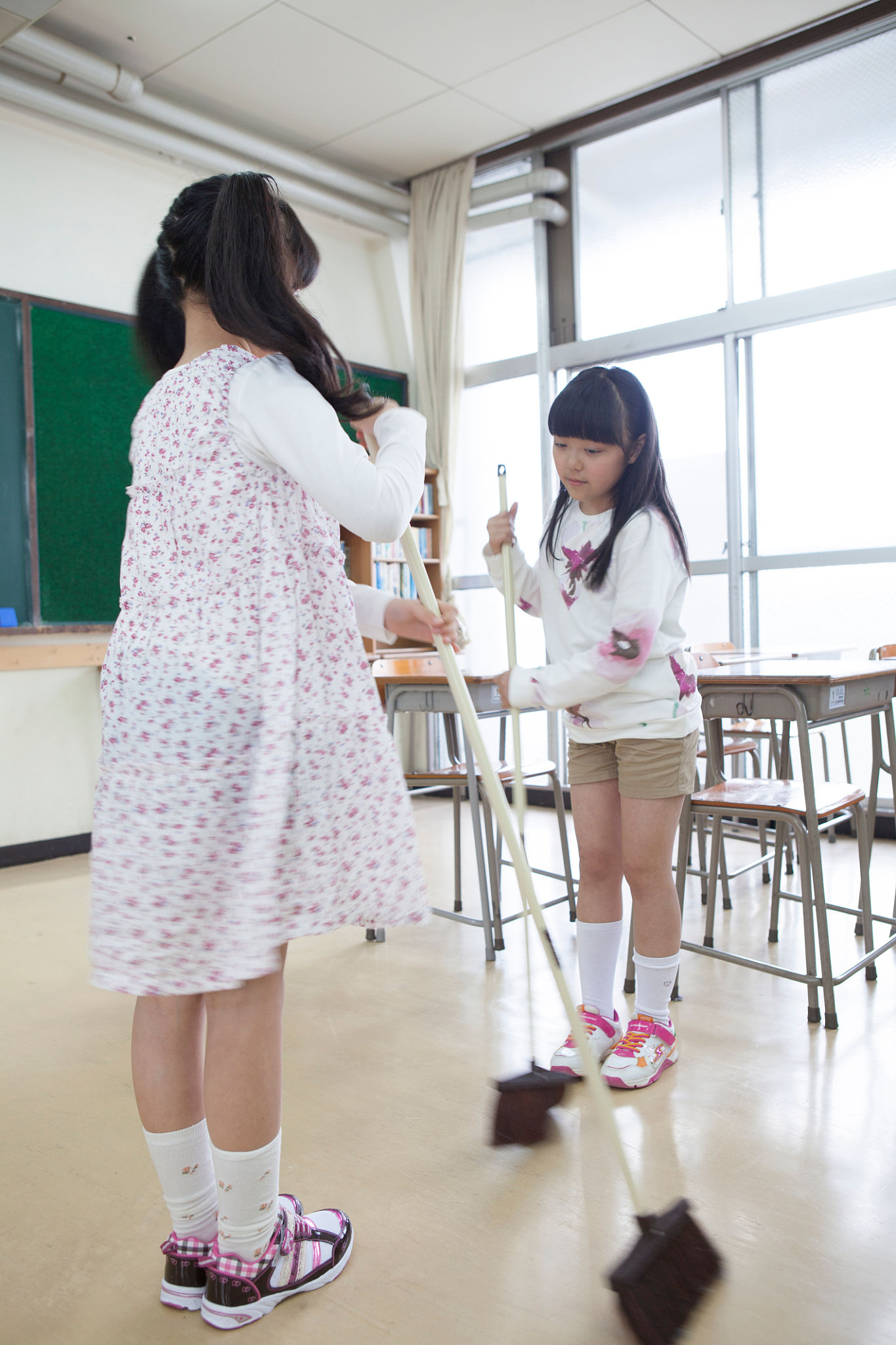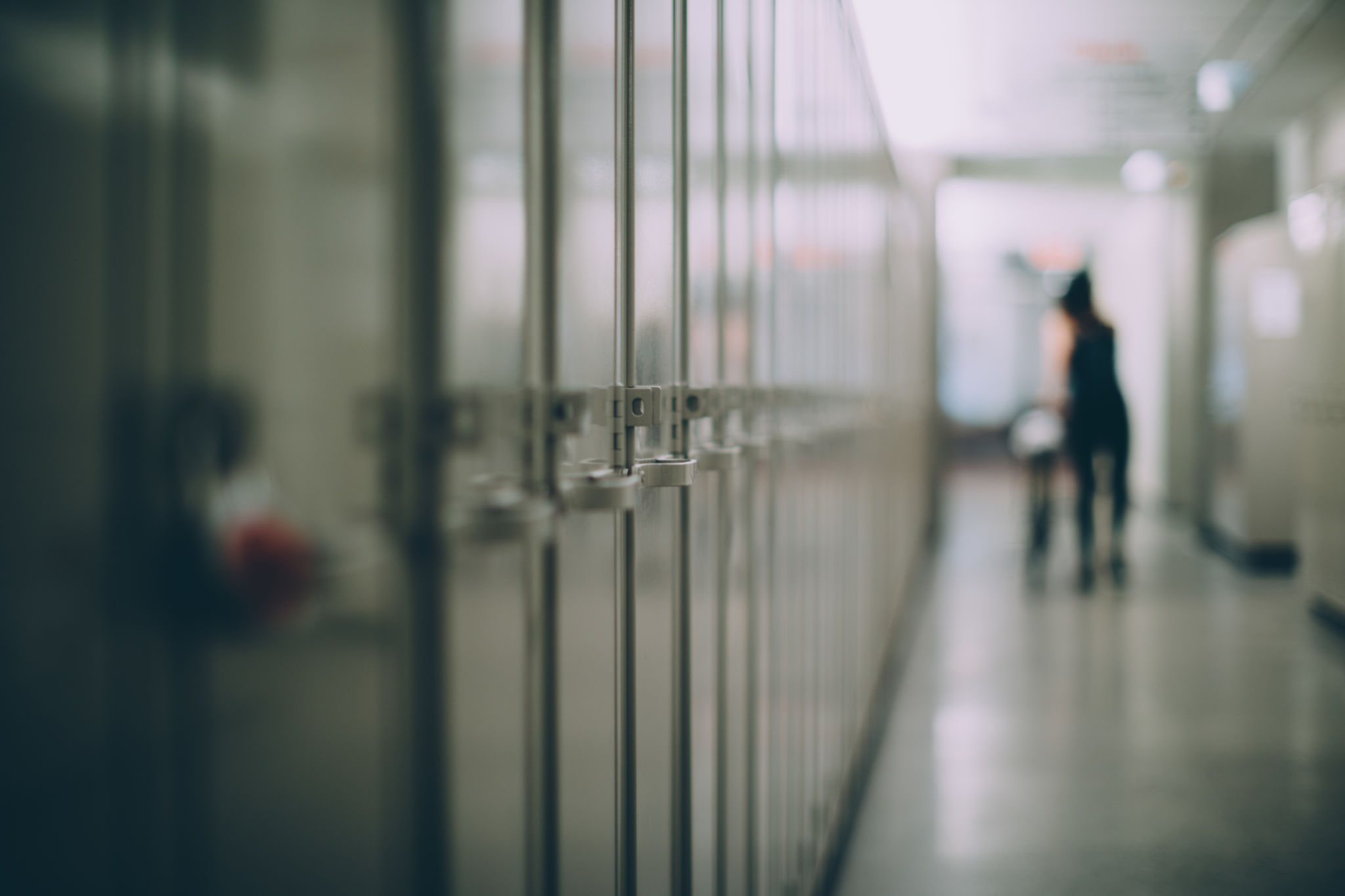Ensuring a Clean and Safe School Environment: Best Practices for 校舍清潔
Introduction to School Cleanliness and Safety
Maintaining a clean and safe environment in schools is crucial for the health and well-being of students and staff. With the daily influx of people, managing school cleanliness requires strategic planning and consistent implementation of best practices. A focus on cleanliness not only prevents the spread of illnesses but also creates a conducive learning environment.

Daily Cleaning Routines
Effective cleaning routines should be established and followed daily to ensure that school premises are consistently tidy and sanitary. These routines often include sweeping, mopping, and disinfecting high-touch areas such as door handles, desks, and restrooms. A detailed checklist can help cleaning staff adhere to these daily tasks without missing any critical areas.
Utilizing appropriate cleaning products is essential in achieving a hygienic school environment. It’s important to use non-toxic and environmentally friendly cleaners to protect the health of students and staff while also being mindful of the environment.
Role of Staff and Students
Maintaining a clean school environment is a collective responsibility. Teachers can encourage students to keep their desks organized and dispose of waste properly. By instilling good habits, students can become active participants in maintaining cleanliness. Staff should lead by example, ensuring that their own workspaces remain tidy and organized.

Regular Maintenance Checks
Apart from daily cleaning, regular maintenance checks are vital in ensuring that the school environment remains safe. This includes inspecting playground equipment for safety hazards, checking for mold in damp areas, and ensuring that ventilation systems are functioning properly. Routine maintenance helps identify potential issues before they become serious problems.
Emergency Preparedness
Schools should have emergency protocols in place to deal with unexpected situations like spills or contamination. Training staff on how to handle such incidents ensures that they can respond swiftly and efficiently, minimizing disruptions to the school day.

Implementing Hygiene Education Programs
Educating students about personal hygiene is a key component of maintaining a safe school environment. Programs that teach the importance of handwashing, using tissues when sneezing or coughing, and other hygiene practices can significantly reduce the spread of germs.
Incorporating these lessons into the curriculum encourages students to adopt these habits both at school and at home, promoting a culture of cleanliness beyond the school premises.
- Regular handwashing
- Proper waste disposal
- Coughing etiquette
Conclusion: Building a Culture of Cleanliness
Ensuring a clean and safe school environment requires a holistic approach that involves everyone within the school community. By implementing structured cleaning routines, conducting regular maintenance checks, and educating students on hygiene practices, schools can create an environment that supports both learning and health. Building a culture of cleanliness not only protects students' health but also instills lifelong habits that benefit society as a whole.

